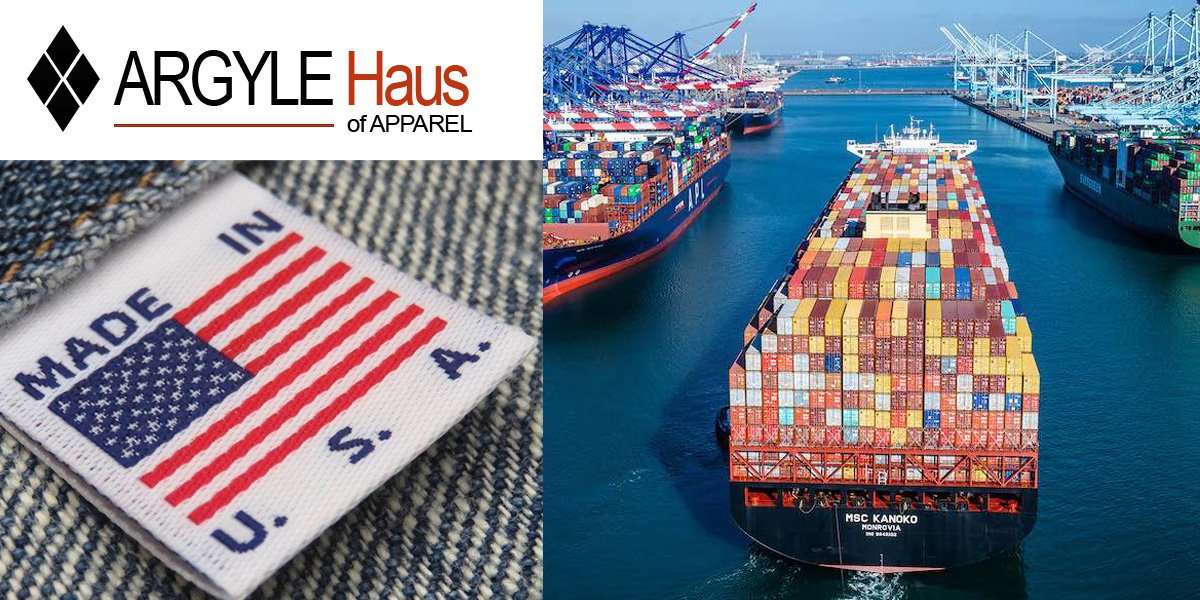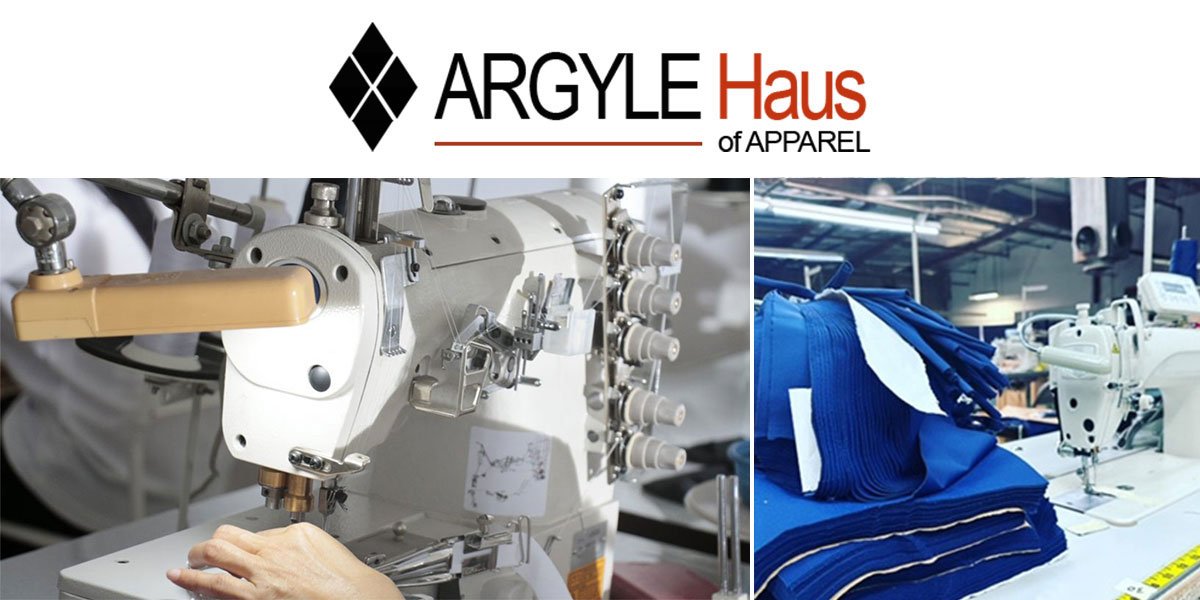The biggest story, in recent years, regarding modern clothing manufacturing has been the almost complete outsourcing of production overseas to reduce costs. In pursuit of a lower bottom line, companies shifted their apparel orders out of countries with strict environmental and labor regulations to those that could offer cheap materials and labor, even though sourcing orders from distant countries meant waiting at the end of a long global supply chain to receive goods. However, a growing consumer recognition of the hidden costs and impacts of what they consume is already spurring some companies to rethink the true costs of doing business overseas.
This type of awareness is perhaps best exemplified by the popular “farm to table” movement in food industry. Although the term is not regulated in any way, in its purest form it means that you know where every ingredient in a food product or dish you’ve been served in a restaurant comes from, that those ingredients were produced sustainably, and that they arrived there directly from the source, rather than through commercial vendors. It’s more labor for restaurateurs to meet these standards, undoubtedly. But the popularity of the concept is driven by consumers who want ethically produced, pesticide-free food.
The exposure of the negative effects of practices such as factory farming and the overuse of antibiotics in meat and poultry production have shaped public perception and demand. A similar exposure of the ethical concerns in producing apparel overseas has prompted questions about the fashion industry. Many of the most popular countries for manufacturing clothing have poor records on human rights, and it is all too common for factories in those locations to pay below-subsistence wages, employ child labor, and expose workers to dangerous conditions or chemicals.
The reality of manufacturing apparel overseas is that companies often have no idea precisely where their goods are being produced. In-country agents can place their orders with any of hundreds of facilities, making it nearly impossible to ensure that even factories touting themselves as ethical are in fact adhering to their stated standards. By contrast, companies who choose to manufacture their goods in the U.S. can rely on the fact that federal, state, and local regulations provide a high level of protection for domestic factory workers. For brands seeking to market themselves to ethically minded consumers, U.S. production can save the trouble of attempting to audit distant factories, as well as shortening production times and allowing better quality oversight.
As consumer awareness of the negative impact of “fast fashion” and the hidden costs of cheap manufacturing grows, we may see a full-blown “farm to table” equivalent in the apparel industry. If we do, a significant step in this “fiber to rack” movement will be ensuring that workers are treated equitably. For the full transparency such a movement would demand, domestic production will undoubtedly simplify the effort to provide assurance to customers.






